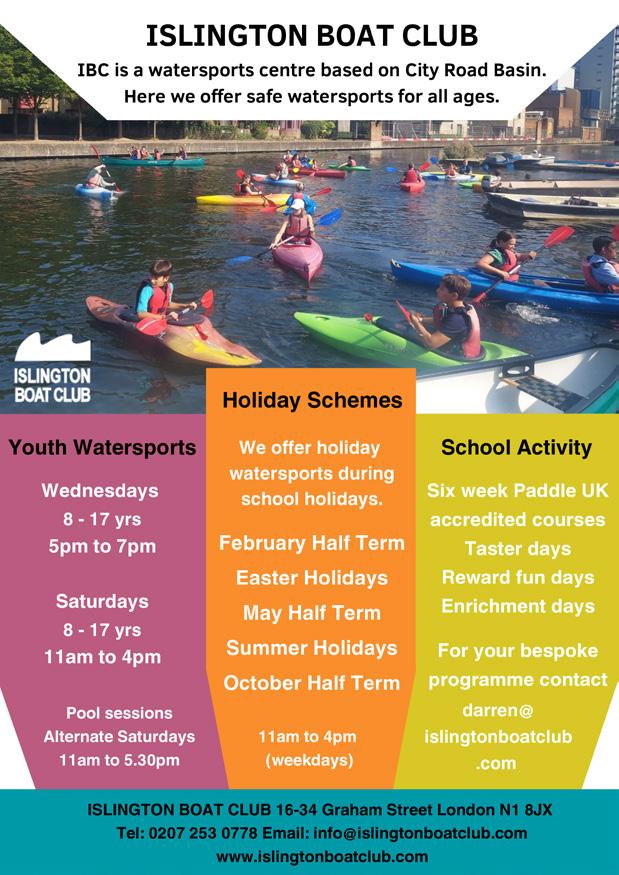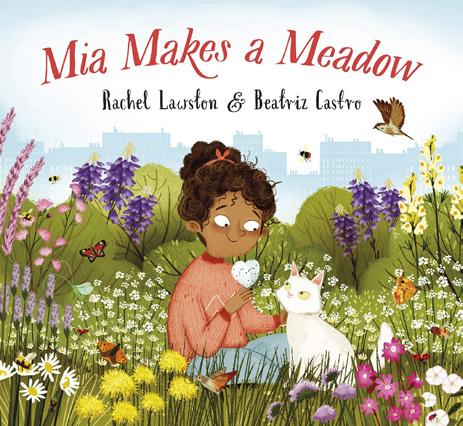
2 minute read
The Next Generation of Conservationists
Thinking about a greener future
Mia lives in a flat that overlooks an urban garden - a garden that she shares with all her neighbours. Erik, one of her neighbours, likes to tend to the garden and keep it spotless.
When Mia offers to look after the communal garden while Erik is away; she tries to keep it just as tidy as he left it. But with no keys to the shed and no mower to mow, their urban garden grows wonderfully wild. Soon, the rest of the community gets involved, too. Will Erik love her marvellous meadow as much as Mia does?
I was inspired to write Mia Makes a Meadow after meeting many different families as a learning volunteer at the WWT
London Wetland Centre. I wanted to write a story that inspires children to get together and create their own wild spaces, build communities and form positive relationships. A meadow felt like the perfect starting point!
For me, the best way to learn is through the power of storytelling. I love non-fiction in many forms, but in my eyes narrative non-fiction has always been the best way to connect and truly understand the information being shared.
I believe that, through storytelling, we can teach children the importance of empathy and nature, help them form strong connections with the natural world and one another, promote healthy lifestyles and attitudes and inspire the next generation of conservationists. I love to show many different types of families in my books and highlight how relationships can inspire and nurture a keen interest in the natural world. In this book, Mia is an only child who is very close to her mum and her neighbour, Erik, who shares her love for being outside. Through these different relationships and the garden, this story teaches and guides the reader on transforming a shared urban space into a haven of nature. Written in collaboration with environmental education specialist, Paul Lawston, it is packed with outdoor activities for every season that fulfill the five pathways to nature connectedness. It is my hope that this book will captivate young, budding nature lovers.
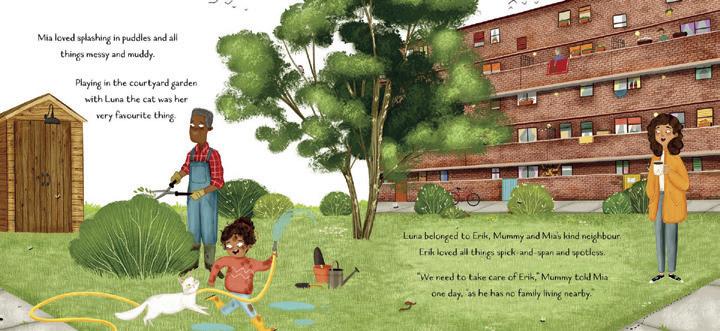
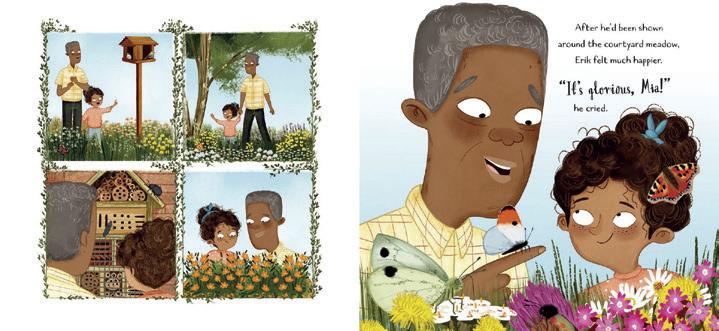
Now it’s your turn to grow your own meadow: make seedballs! One of the best ways of helping wildlife is by planting wildflowers. Bees, butterflies and other insects will love the pollen and nectar and their young (called larvae) will live on the plants and eat them. Other animals will then come and eat those insects, so having flowers brings a whole load of animals. “We can also enjoy all the beautiful colours of the flowers!”
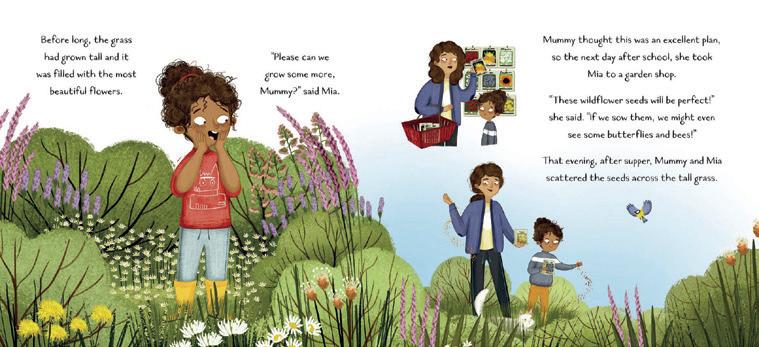
You’ll need:
• Wildflower seeds (Make sure to pick native wildflower mixes)
• Potting soil (Always use peatfree soil)
• Clay powder
• A bowl
• An old wooden spoon
1. To make your seedballs, mix together the soil and the clayyou want to use roughly twice the amount of clay as soil.
2. Slowly add water and mix until it’s thick and sticks together. Then sprinkle in some seeds, kneading them into the mixture (a bit like making bread!).
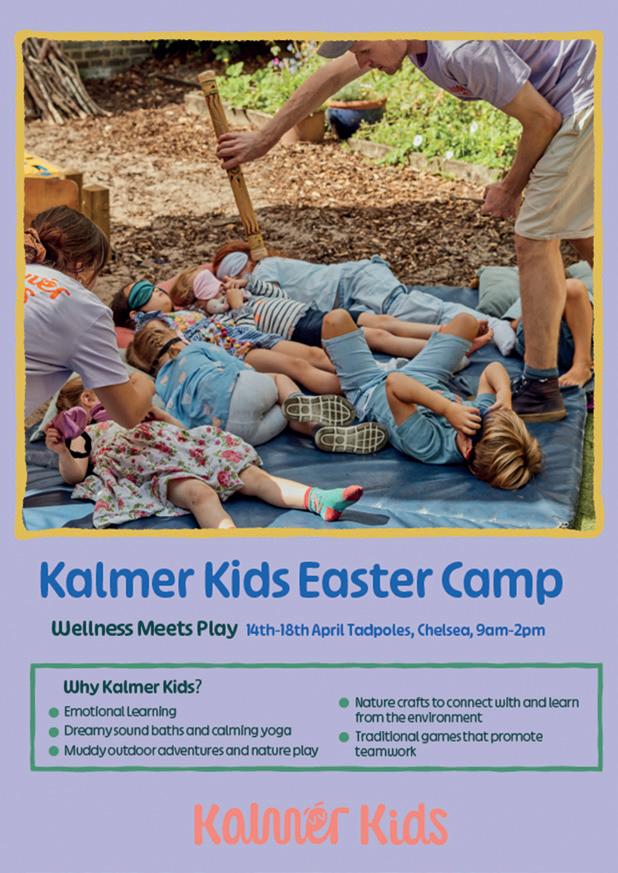
3. Once it’s all mixed together, roll the mixture into little ballsabout the size of a walnut - and leave them to dry.
To sow your seed balls, just scatter them over an area of soil and that’s it! See how long it takes your beautiful meadow to grow.
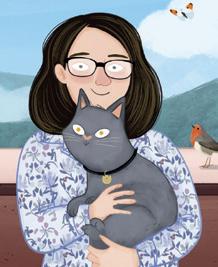
RACHEL LAWSTON Author www.rachellawston.com
